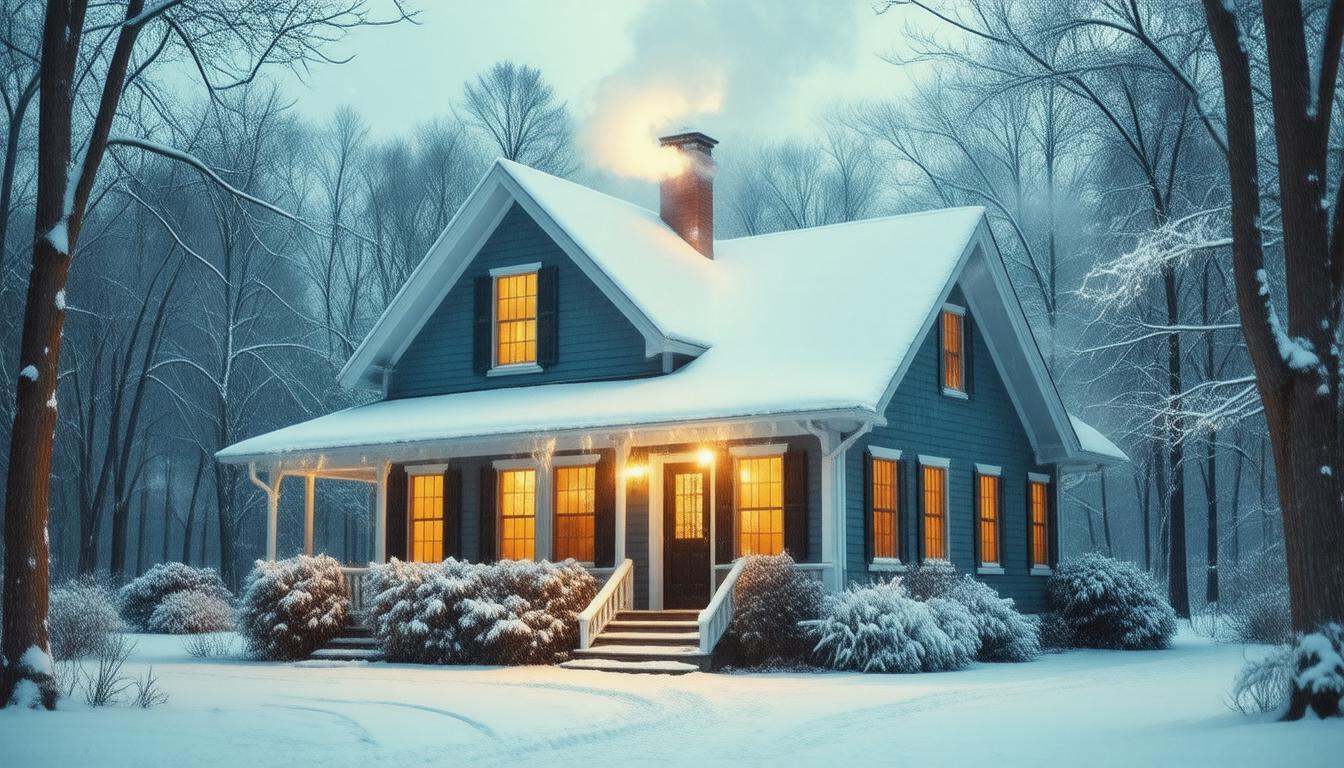

Understanding the Risks of Inadequate Fire Escape Routes
Fire safety is a crucial aspect of any building’s design and operation. Inadequate fire escape routes pose significant risks to occupants, increasing the likelihood of injury or death during a fire emergency. This article explores the dangers associated with inadequate fire escape routes, the components of an effective escape plan, and measures to ensure fire safety in buildings.
The Dangers of Inadequate Fire Escape Routes
When a fire breaks out, every second counts. Inadequate fire escape routes can lead to overwhelming consequences, including:
- Delayed Evacuation: Confusing or obstructed escape routes can cause delays, putting occupants at greater risk of exposure to smoke and flames.
- Panic and Confusion: Poorly marked or complicated routes can induce panic, causing individuals to act irrationally or become injured in the scramble to exit.
- Injury and Fatalities: Blocked or non-existent escape routes virtually guarantee that some occupants will become trapped, leading to serious injuries or loss of life.
Components of an Effective Fire Escape Plan
An effective fire escape plan includes several key components:
- Clear Signage: Exit signs should be highly visible and placed at strategic locations throughout the building.
- Unobstructed Paths: Escape routes should be free of obstructions such as furniture or debris, ensuring swift passage.
- Multiple Exits: Buildings should have multiple escape routes to prevent bottlenecks and ensure everyone can evacuate quickly.
- Training and Drills: Regular fire drills and training sessions familiarize occupants with escape routes and protocols, reducing panic during an actual emergency.
Ensuring Fire Safety in Buildings
To enhance fire safety and ensure adequate escape routes, building managers, architects, and occupants should consider the following measures:
- Regular Inspections: Conduct periodic inspections to ensure escape routes remain clear and functional.
- Adherence to Building Codes: Ensure that the building complies with local fire safety codes and regulations, which are designed to safeguard occupants.
- Installation of Fire Safety Devices: Equip buildings with fire alarms, smoke detectors, and sprinkler systems to provide early warnings and contain fires.
- Emergency Lighting: Install emergency lighting to guide occupants during power outages or low visibility conditions caused by smoke.
In summary, inadequate fire escape routes can have devastating consequences. By understanding the risks and implementing an effective fire escape plan, building managers and occupants can significantly enhance safety and reduce the potential for injury or loss of life during a fire emergency. Regular maintenance, compliance with fire safety regulations, and proper training are essential in safeguarding everyone who inhabits or visits a building.







